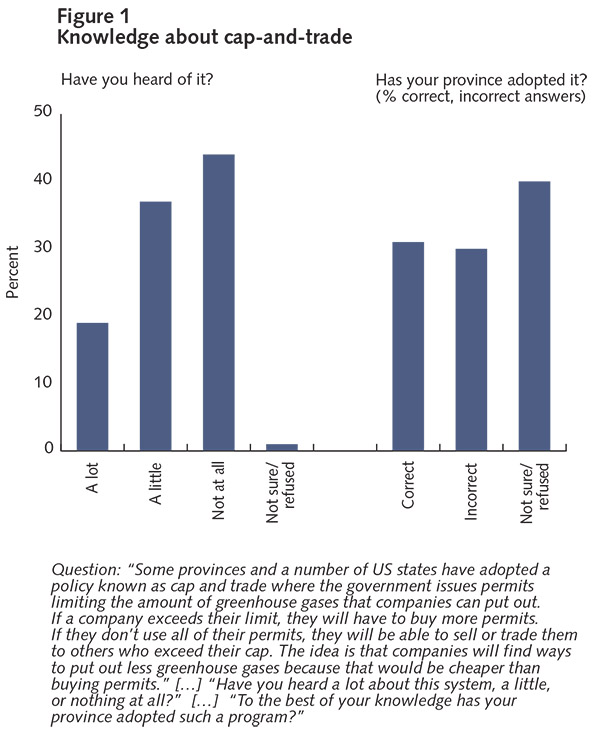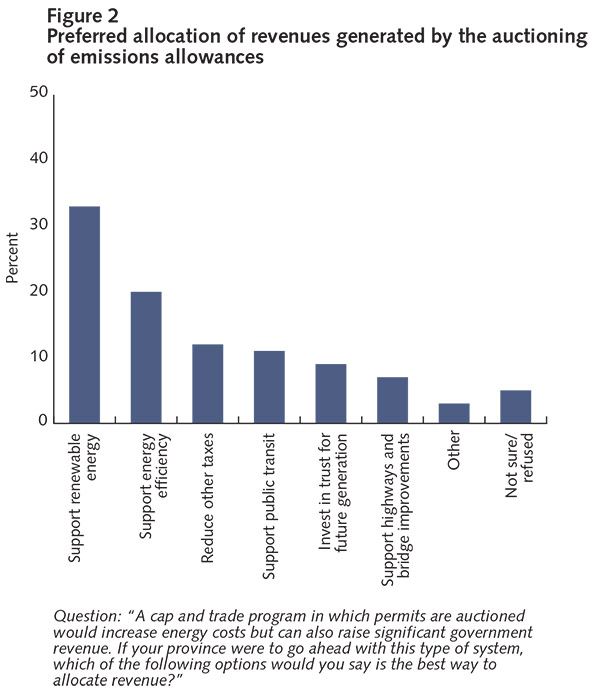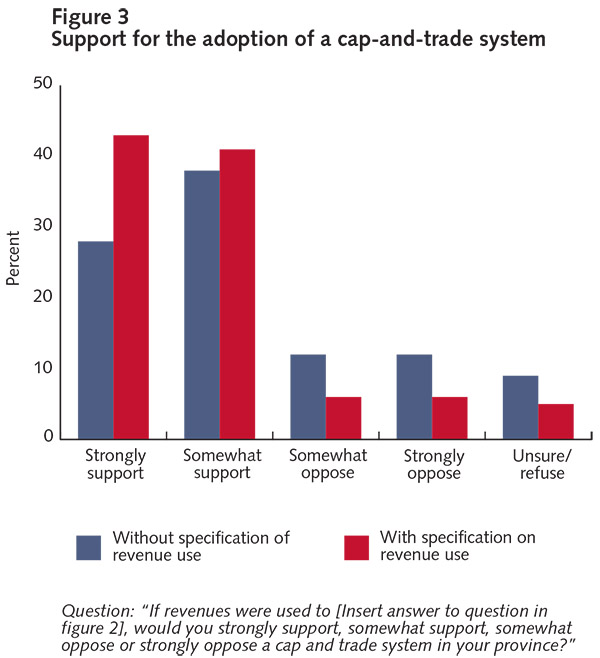
As the international community meets in Paris for the latest round of UN climate change negotiations, this conference is getting a great deal of media attention, and rightfully so. It represents a hinge moment in the international climate change regime that has for decades struggled to forge a multilateral agreement to rein in global greenhouse gas (GHG) emissions and avoid “dangerous” climate change. According to experts, this means limiting global warming to between 1.5°C and 2°C.
On its own, however, an agreement reached in Paris will do little to bring down global GHG emissions to a relatively safe level. The extent of future warming — whether greater or less than 2°C — will crucially depend on how governments around the world respond by implementing new policies to decrease emissions in their own jurisdiction. After the dust settles in Paris, attention will turn to domestic implementation.
In Canada, where GHG emissions continue to rise, this means that existing provincial policies will need to be strengthened, and significant new policies will need to be introduced. Prime Minister Justin Trudeau has already promised to meet with provincial leaders following the talks to discuss how to strengthen and expand provincial efforts at reducing GHG emissions in Canada. Several provinces have recently announced new carbon pricing policies for their jurisdictions, including plans to link carbon markets in Ontario and Manitoba with the California-Quebec market. As demonstrated by the reversal of carbon pricing commitment among several of the original members of the Western Climate Initiative, however, provincial plans for a carbon pricing will need to have sufficient and sustained political support if they are to have any success or longevity.
When thinking about the resiliency of climate policy commitments, one of the elements to consider is public support. This is especially true for policies that impose direct costs on business and consumers, as is the case when putting a price on carbon. Such policies are particularly vulnerable in jurisdictions where no consensus exists on the necessity of strong action to mitigate climate change. Certainly, recent polls conducted by the Environics Institute and Angus Reid find substantial support for carbon pricing in Canada, especially a system of cap-and-trade, which has garnered substantially more public support than a carbon tax (among provinces that have implemented a price on carbon, cap-and-trade is also the most preferred approach). In our most recent survey (Université de Montréal/Institut de l’énergie Trottier), we find broadly similar results, with an important caveat: most people in Canada are at best only vaguely familiar with cap-and-trade.
After providing a description of the policy, we asked Canadians how much they’ve heard about cap-and-trade (figure 1). We found that most have heard a little (about 35 percent) or nothing at all (about 45 percent). We then asked whether, to the best of their knowledge, their province has adopted such a system. The most common response was “not sure,” with an even split between correct and incorrect responses, suggesting that some of those who are unsure randomly selected the correct response. Surprisingly, the distribution on these variables is virtually identical in Quebec, the province that has had a cap-and-trade program in place since 2012. Overall, these findings suggest that cap-and-trade policy is not well understood by Canadians.
Given such low levels of awareness of cap-and-trade, we should interpret questions asking about support for this policy with some caution. It is likely that many Canadians have yet to form an opinion on whether they support this policy. Under these conditions, what kind of information might foster greater public support for cap-and-trade?
Our research shows that Canadians have relatively more definite opinions on how best to use revenues that are generated through the auctioning of emissions allowances (figure 2). Specifically, when told that a system of cap-and-trade can generate increased energy costs but also significant government revenue, we find that most Canadians prefer to allocate funds raised by the auctioning of permits to support policies such as renewable energy development or energy efficiency programs, which also support further reduction of GHG emissions.
We then asked Canadians to indicate their level of support for a system of cap-and-trade in their province if public revenues were used in a way that is consistent with their preferred revenue allocation option (figure 3). We found that support for cap-and-trade increases significantly when revenues are explicitly earmarked for one’s preferred approach to the allocation of revenue, which most often means investing in renewable energy and energy efficiency programs.
Overall, findings from this research suggest that it is probably an error to assume that the public has strong and stable preferences for relatively complex instruments of climate policy, like cap-and-trade. Few Canadians are aware of this policy, even in jurisdictions where such a system is in place. If the polls provide an accurate description of public support for this policy, then we may infer that the public in Quebec (75 percent) and Ontario (60 percent) would be in favour of a system of cap-and-trade in their province. But this assumes that the majority is well informed.
When it comes to carbon pricing, the design of policy plays an important role in ensuring public support. Though governments may be tempted to freely allocate emissions allowances to assuage competitiveness concerns from trade-exposed sectors, auctioning permits in the context of cap-and-trade offers opportunities to boost public approval. Such earmarking may increase the credibility of carbon pricing policy, especially when revenues are used to support efforts that result in further GHG reductions. To the extent that earmarking revenues under cap-and-trade is linked to broader public support, the targeted use of revenues may increase public support for cap-and-trade systems and thus improve their viability.
Note: This Université de Montréal/Institut de l’énergie Trottier survey is part of the Canadian Survey on Energy and Environment (ericklachapelle.com). The survey was administered to a nationally representative sample of 1,014 Canadians aged 18 and over. All interviews in Canada were conducted by telephone in English and French from September 1, 2015, to September 15, 2015. The results reported here are weighted according to gender, age and region to reflect the latest population estimates from Statistics Canada.










